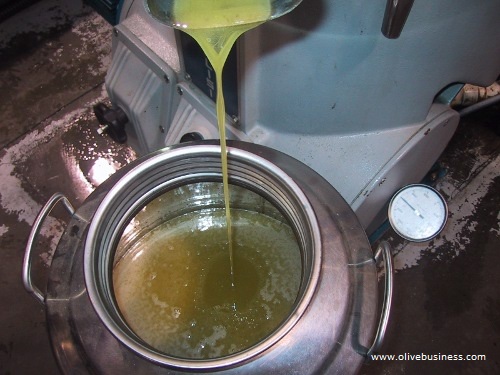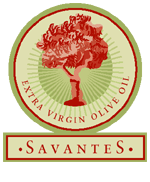Originally published in Spanish in Olimerca 2016
Extra virgin olive oil is a food ingredient to be used in the preparation of food and to add flavour. The most enlightening demonstration of the influence the oil has on the taste and texture of food is the comparison of different varietal extra virgin olive oils used in the same dishes.

Why then do we use highly technical terms in the official tasting format when describing the flavour of olive oil? The tasting laboratory should reflect the consumer’s kitchen not the producer’s mill.
The scoring sheet of the world’s most rigorous competition for extra virgin olive oils, the Mario Solinas Award, reflects the gap between the simple language used to describe extra virgin olive oils to consumers and that of the technicians who are the competition judges.
The heading ‘sensory assessment sheet’ could simply be ‘flavour assessment’. Olfactory sensations could change to ‘aroma’ and gustatory-retronasal sensations to ‘taste’. The sum of aroma and taste would be better described as ‘flavour’ rather than ‘olfactory-gustatory sensations’.
The descriptors on the scoring sheet for the ‘green’ characteristics of the extra virgin olive oil are ’grass/leaves’. Presumably this refers to olive leaves and the aroma of freshly mown grass. The influence of these descriptors is evident in their wide use amongst tasters worldwide. It would be far more evocative in a culinary sense to use descriptions of herbal aromas and tastes rather that the catch-all ‘grassy’. Few consumers will have any experience of the flavour of olive leaves – after all olive leaves and grass are rarely found in kitchens because most humans don’t eat them. Again olive leaves could be replaced with herbal/vegetal aromas and tastes.
Another word used to describe one of the main positive characteristics of olive oil is ‘pungent’. A word which variously means ‘strong, powerful, pervasive and caustic’ and often used to describe the aroma of strong household chemicals such as chlorine. Pungency can be used to describe the intensity of an olive oil, however it is usually used to describe the pepperiness or spiciness. Pepperiness pertains to a particular spice while spiciness covers a whole range of spices from cloves to chilli. If we replaced pungent with spicy we would evoke culinary thoughts of ‘hot and spicy’ food.
So let’s change our language to evoke mouth-watering culinary uses of extra virgin olive oils by describing the three positive characteristics as fruitiness, bitterness and spiciness. Perhaps we could add the nuttiness which is so attractive in some more delicate oils and completely absent from the Mario Solinas descriptors.
Ideally the change to more evocative culinary descriptors should come from the top. Given the predominance of those involved in the technical aspects of olive oil on the internationally accredited tasting panels and the relative absence of professionals from the food industry this leadership is unlikely. Therefore, it is incumbent on producers, distributors and retailers who will get a direct benefit from more and higher value sales to change the language used to describe extra virgin olive oil by discarding grassy, leafy and pungent and describing the culinary rainbow of herbal, vegetal, fruity, spicy and nutty flavours of extra virgin olive oil.
Simon Field
8 May 2016

